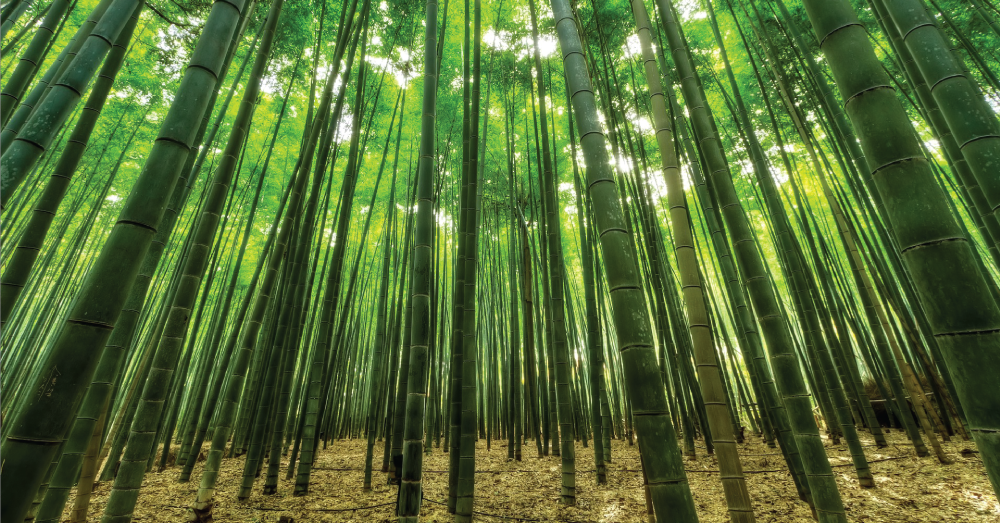
When a Grass Towers Over the Trees
“Bamboo being grass, all 1640 species have a very strong root system that binds soil, and are the fastest growing plants making them best suited for restoring unproductive farmland, erosion control and maintaining slope stability,” Hans Friederich, Director-General of the International Network for Bamboo and Rattan (INBAR), told IPS from their Beijing headquarters.
June 12, 2018 | Source: Inter Press Service | by Manipadma Jena
As governments scramble for corrective options to the worsening land degradation set to cost the global economy a whopping 23 trillion dollars within the next 30 years, a humble grass species, the bamboo, is emerging as the unlikely hero.
“Bamboo being grass, all 1640 species have a very strong root system that binds soil, and are the fastest growing plants making them best suited for restoring unproductive farmland, erosion control and maintaining slope stability,” Hans Friederich, Director-General of the International Network for Bamboo and Rattan (INBAR), told IPS from their Beijing headquarters.
Bamboo is a strategic resource that many countries are increasingly using to restore degraded soil and reverse the dangers of desertification.
“Our members pledged to restore 5 million hectares degraded land with bamboo plantation by 2020 for the Bonn Challenge in 2015. Political pledges have already exceeded the commitment and are today close to 6 million hectares,” Friederich said.
